Winning team includes Ron Arad and Gustafson Porter & Bowman
David Adjaye has won the global competition to design a £50 million National Holocaust Memorial for the UK.
He triumphed over a dazzling shortlist that included John McAslan, Foster & Partners, Studio Libeskind, Zaha Hadid Architects and Caruso St John, Allied Works, David Morley and Lahdelma & Mahlamäki Architects.
It was a unanimous decision but there were honourable mentions for Heneghan Peng architects with Sven Anderson and Diamond Schmitt Architects.
The winning £40 million scheme will be built in the riverside Victoria Tower Gardens, right next to Parliament.
Juror Peter Bazalgette, chair of the UK Holocaust Memorial Foundation, praised Adjaye’s “highly skilled and passionate” team, who included Ron Arad, Gustafson Porter & Bowman, Plan A and DHA Designs.
Picking them from “some of the best teams in architecture, art and design” was a unanimous decision, he said.
“Their ability to use architecture to create an emotionally powerful experience, their understanding of the complexity of the Holocaust and their desire to create a living place as well as a respectful memorial to the past and its surroundings, will combine to create a new national landmark for generations to come,” he added.
“We look forward to working with them on this nationally significant project, a statement by the British people that our nation will remember those who suffered, and that we will always strive for a better future.”
David Adjaye said: “The complexity of the Holocaust story, including the British context, is a series of layers that have become hidden by time. Our approach to the project has been to reveal these layers and not let them remain buried under history.
“To do so, we wanted to create a living place, not just a monument to something of the past. We wanted to orchestrate an experience that reminds us of the fragility and constant strife for a more equitable world.
“We are deeply honoured to have been given the opportunity to tell these stories to the nation through a National Memorial and Learning Centre. It is critical these highly important and emotive historical touchpoints are explored, so that future generations are able to experience, learn, reflect and act.”

The international design contest, run by Malcolm Reading Consultants, was announced by the prime minister, Theresa May, and attracted almost 100 entries from 26 countries.
The government has pledged to cover the cost of the scheme which the UK Holocaust Memorial Foundation has estimated will have a total project value of £50 million.
The jury includes London mayor Sadiq Khan, communities secretary Sajid Javid, former Serpentine Galleries director Julia Peyton-Jones, Stanton Williams director Paul Williams and the UK’s chief rabbi Ephraim Mirvis.
Located next to the Houses of Parliament in Westminster, the memorial will honour the six million Jewish men, women and children who were murdered in the Holocaust, and all other victims of Nazi persecution, including Roma, gay and disabled people.
A subterranean learning centre will contextualise the memorial above and use the stories and facts of the Holocaust to explore anti-Semitism, extremism, Islamophobia, racism, homophobia and other forms of hatred and prejudice in society today. From its location next to Parliament, it will ask questions about the role of society and its institutions in encouraging respect for others and preventing hatred, said Bazalgette.
The jury praised the winning team’s proposal to create “a living place, not just a monument to something of the past” and the desire to create an immersive journey for the visitor who would enter a memorial embedded in the land. The jury found the proposal deftly resolved an essential challenge of the brief: being visually arresting (“highly visible from near and far”) yet showing sensitivity to its location and context. The concept was found to have clear potential to be developed into an iconic memorial and intriguing educational experience, attracting visitors from the UK and beyond to learn and reflect.
The winning concept is at an early design stage. It will now undergo further development through discussion with Holocaust experts, survivors and other victim groups, and local residents, Westminster council, Historic England, Royal Parks and other statutory consultees.
Juror Paul Williams of Stanton Williams Architects, said: “Firstly, I would like to congratulate David Adjaye and his team on being awarded this hugely significant, and emotionally charged commission. A commission requiring not only sensitivity to the subject matter, but also the surrounding landscape and adjacency to Parliament.
”The team’s proposals for a ‘sensory experience’ were expressed passionately and convincingly in their presentation. This core objective from the concept designs must sit at the heart of the development stage that will now start in discussion with stakeholders as the project moves forward.”
The winning concept
The winning design concept was inspired by research into the site, Victoria Tower Gardens, next to the Houses of Parliament, with Sir David Adjaye describing the location as a “park of Britain’s conscience”. The Memorial links with the statue of Emmeline Pankhurst, the Burghers of Calais and the Buxton Memorial: all four recognising injustice and the need to oppose it.
In order to keep the park as a park and to maintain the green space, the team placed its Holocaust Memorial at the far southern end of the Gardens, embedded in the land. Accordingly, a visitor approaching the Memorial would see a subtle grass landform with only the tips of the Memorial’s fins “bristling in the distance”, its intriguing design giving a sense that something is happening underground and encouraging people to find out more.
The design concept takes visitors on a journey that culminates in confronting the 23 tall bronze fins of the Memorial, the spaces in between representing the 22 countries in which Jewish communities were destroyed during the Holocaust. Entering the Memorial would be a sensory experience. While the outside and inside space emphasises collective gathering, the 23 bronze fins require the visitor to enter in an isolated, solitary way, each pathway planned as a different experience. Each path eventually leads down into the Threshold – a generous hall which acts as a place of contemplation and transition into the Learning Centre below ground. The Learning Centre includes a “hall of testimonies” and a “Contemplation Court”: a silent, reflective space with eight bronze panels. On leaving the Memorial, the circulation route ensures visitors will emerge to see the classic uninterrupted view of Parliament – and the reality of democracy.
Honourable mentions
The jury awarded heneghan peng architects and Sven Anderson an honourable mention for an original and engaging design that brought the testimony and voices of survivors to the foreground. The team’s triangular sunken courtyard was imagined as an ‘ear’ that listened up to Parliament and down to the Memorial – the stone walls punctured with a series of small apertures containing wooden blocks which emitted the voices of survivor testimony. The team intended the Memorial to be a place to hold the testimonies “with nothing in between to create a heightened sense of listening, pause and reflection”.
The jury also awarded an honourable mention to Diamond Schmitt Architects for an elegant, restrained design and an impressively rigorous and detailed approach. Centred on the idea of a journey from light to dark and dark to light, the Memorial created a void in the Gardens intended to symbolise loss and absence. The elliptic walls of the Memorial were inscribed with the names of the concentration camps, and the six million victims commemorated through a series of ingots impressed into the cast-iron structure, a reference to Britain’s manufacturing history.
Full National Holocaust Memorial shortlist
Adjaye Associates and Ron Arad Architects (UK) with Gustafson Porter & Bowman, Plan A and DHA Designs
Allied Works (US) with Robert Montgomery, The Olin Studio, Ralph Appelbaum Associates, Allied Info Works, Arup, Curl la Tourelle Head Architecture, PFB Construction Management Services Ltd, BuroHappold and Nathaniel Lichfield & Partners
Anish Kapoor and Zaha Hadid Architects (UK) with Sophie Walker Studio, Arup Lighting, Event London, Lord Cultural Resources, Max Fordham, Michael Hadi Associates, Gardiner & Theobald, Whybrow, Access=Design and Goddard Consulting
Caruso St John Architects (UK), Marcus Taylor and Rachel Whiteread with Vogt Landscape Architects, Arup Lighting and David Bonnett Associates
Diamond Schmitt Architects (CA) with Ralph Appelbaum Associates, Martha Schwartz Partners and Arup
Foster & Partners (UK) and Michal Rovner with Simon Schama, Avner Shalev, Local Projects, Samantha Heywood, David Bonnett Associates, Tillotson Design Associates and Whybrow
Heneghan Peng Architects (IE) with Gustafson Porter + Bowman, Event, Sven Anderson, Bartenbach, Arup, Bruce Mau Design, BuroHappold, Mamou-Mani, Turner & Townsend, PFB, Andrew Ingham & Associates and LMNB
John McAslan & Partners (UK) and MASS Design Group with Lily Jencks Studio, Local Projects and Arup
Lahdelma & Mahlamäki Architects (FI) and David Morley Architects with Ralph Appelbaum Associates, Hemgård Landscape Design, Barbara Kirshenblatt-Gimblett, Dani Karavan and Arup
Studio Libeskind (US) and Haptic Architects with Martha Schwartz Partners, BuroHappold, Lord Cultural Resources, Alan Baxter, Garbers & James and James E Young


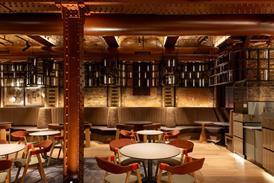






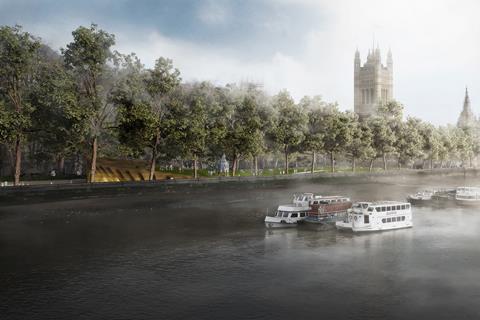


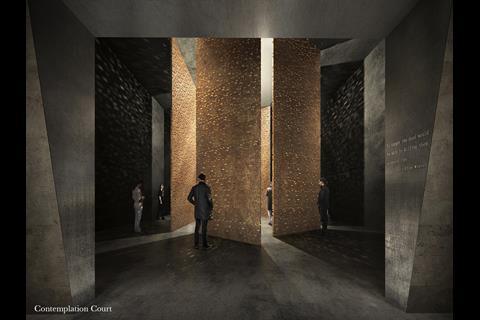



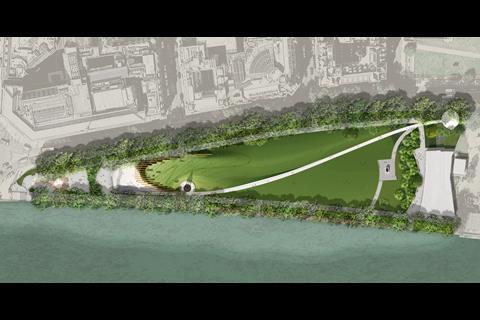
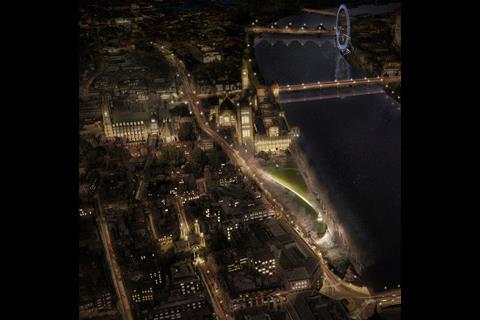

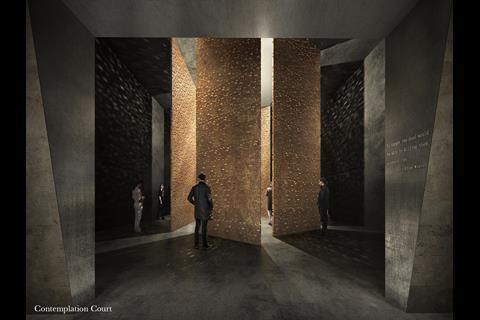



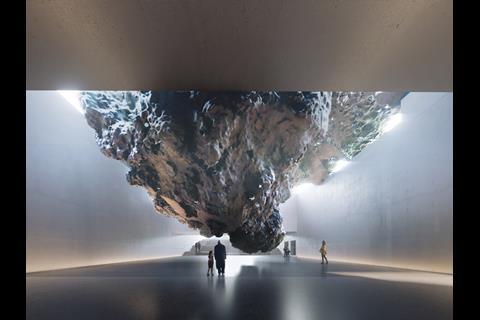

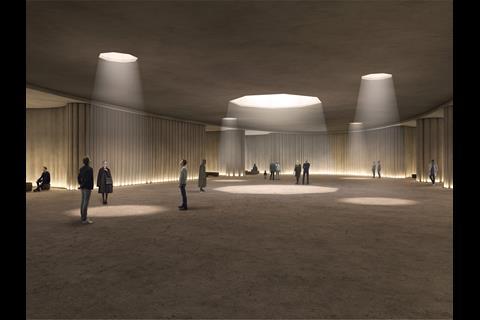
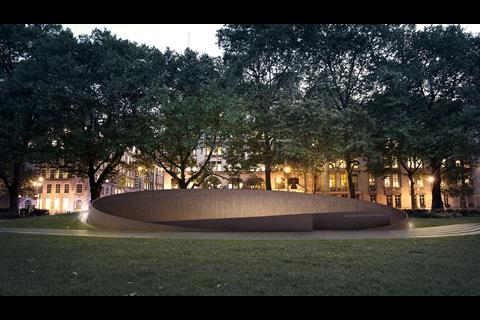
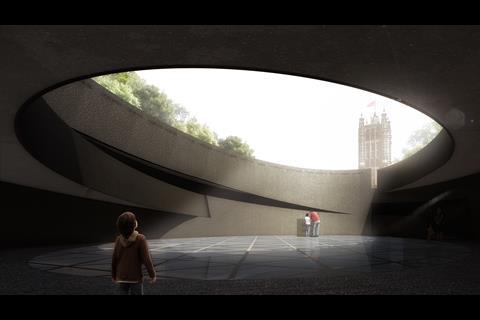
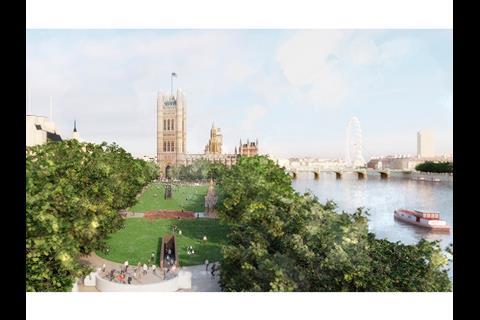
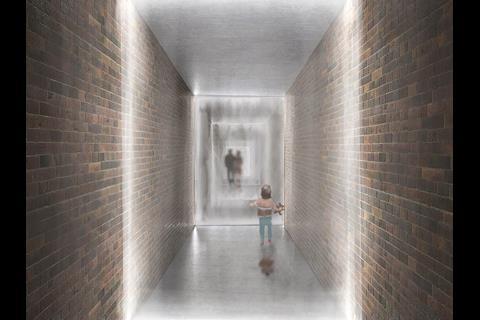
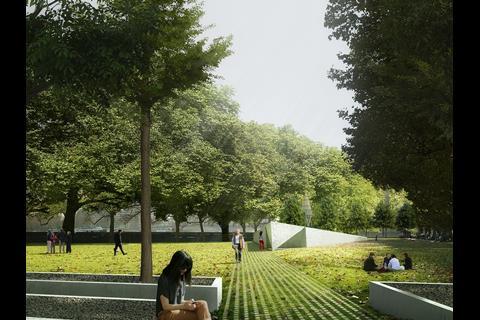
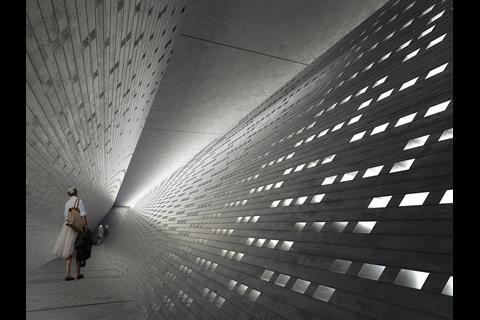
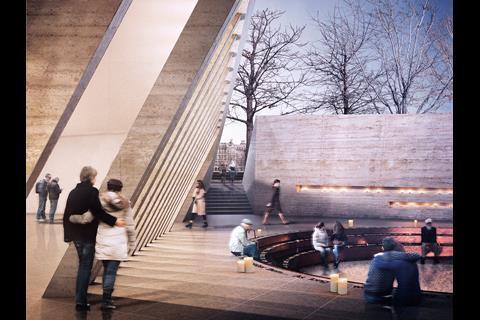
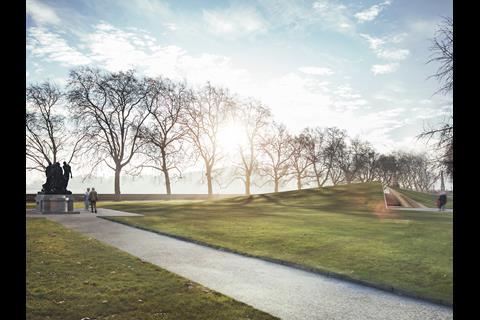
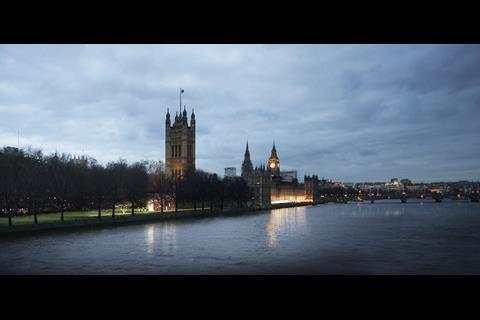

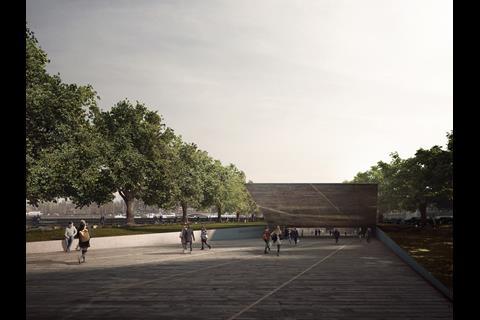





11 Readers' comments